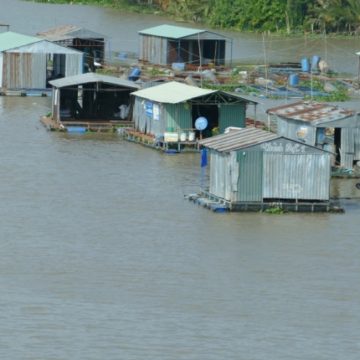Increasing vulnerability to floods in new development areas: evidence from Ho Chi Mink City

Flooding is an emerging problem in Ho Chi Minh City (HCMC), Vietnam, and is fast becoming a major barrier to its ongoing development. While flooding is presently of nuisance value, there is a growing concern that a combination of rapid urban expansion and climate changes will significantly exacerbate the problem. There has been a trend of population being rapidly accommodated in new urban areas, which are considered highly vulnerable to floods, while the development strategy by the local government still attracts more property investments into the three new districts on the right side of Saigon River. This paper aims to discuss the increase in the number of residences vulnerable to flooding, to underline the need for more appropriate future spatial development. For the vision, an application of compact and resilient theories to strategic planning and management of this city is proposed to reduce vulnerability. This paper also highlights the need to better understand growing vulnerability to floods related to urban expansion over low-lying former wetlands and the more important role of planning spatial development accompanied with transportation investment which can contribute to flooding resilience.




